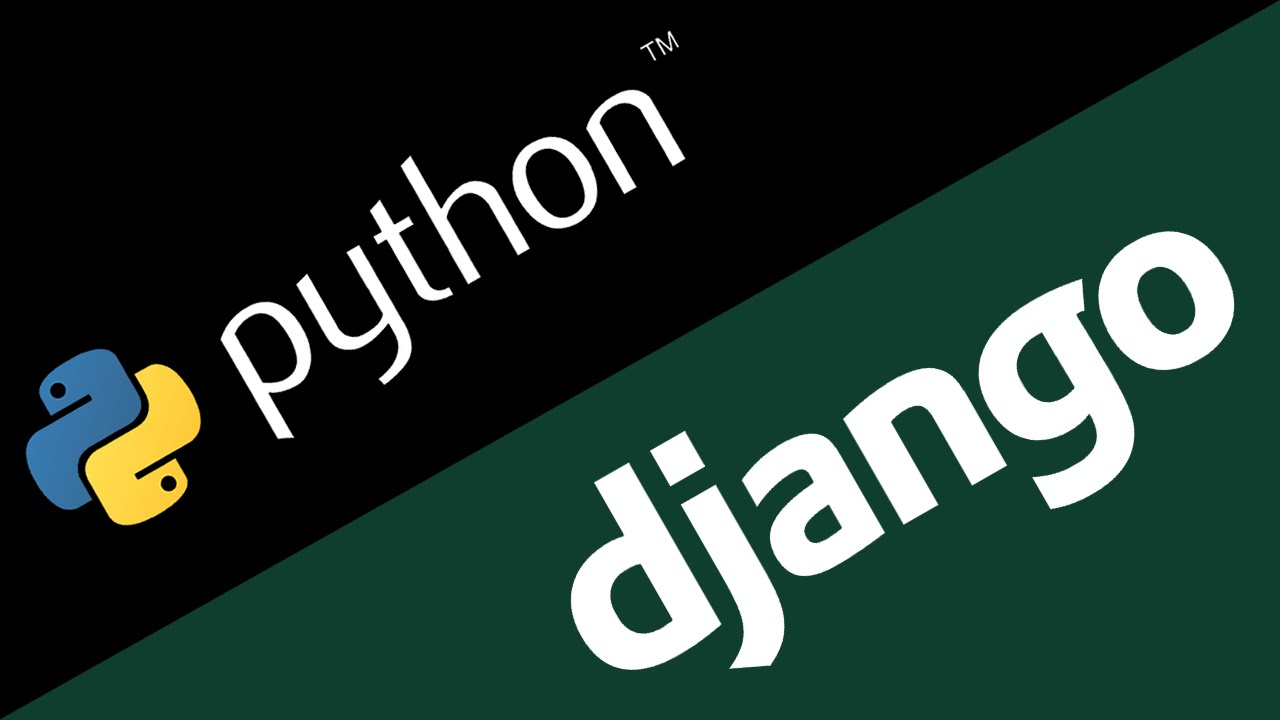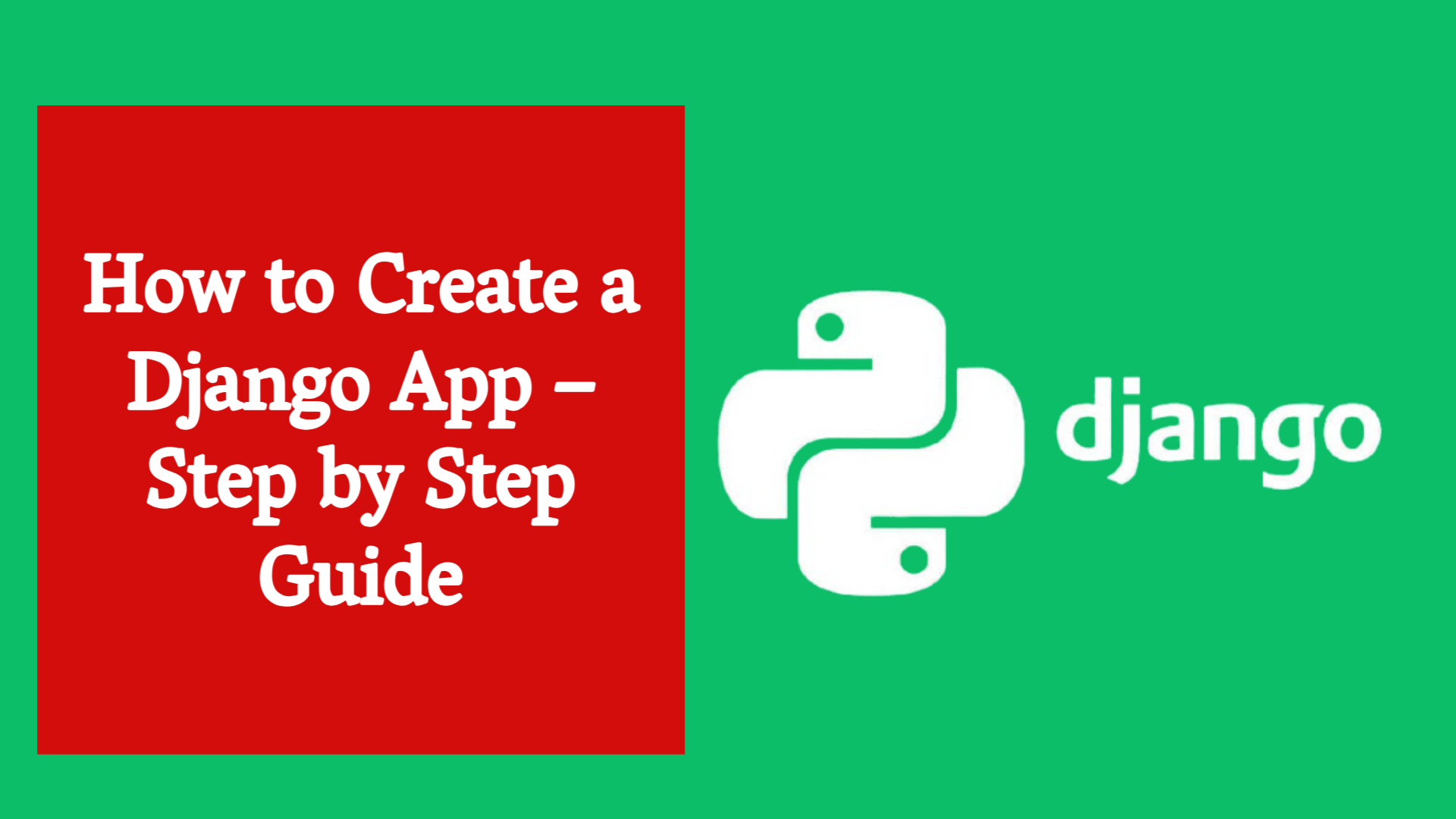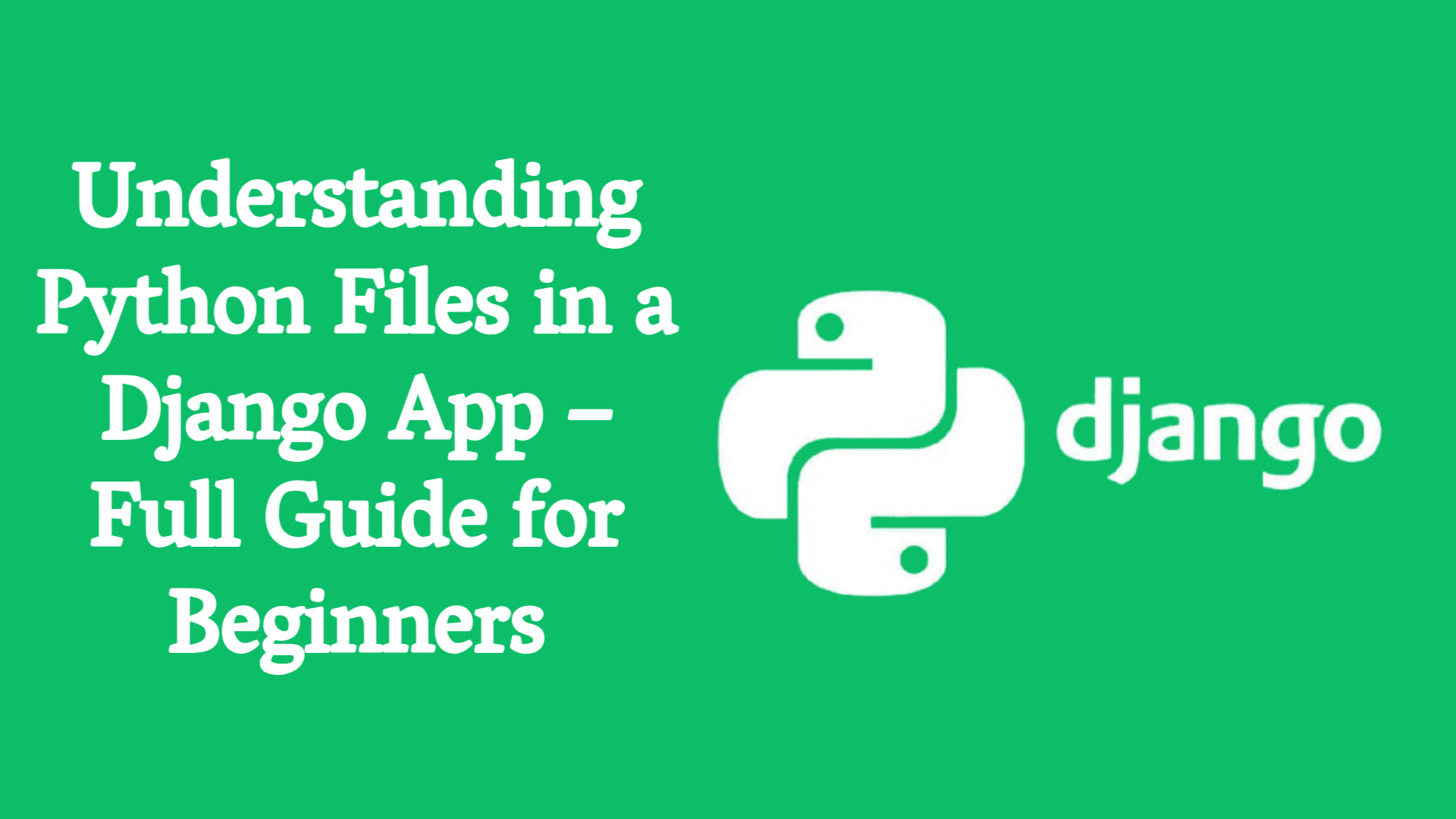Understanding Django Settings: The Backbone of Your Web App Configuration
bmpokhrel9 | April 23, 2025

Understanding Django Settings: The Backbone of Your Web App Configuration
When you're working with Django, one of the first files you'll come across is settings.py. This file might look overwhelming at first, but it’s actually the brain behind your project’s configuration. Understanding how Django settings work is essential if you want to build scalable, secure, and maintainable web applications.
In this article, we'll break down what Django settings are, explore some of the most important configuration options, and offer tips on how to manage them across different environments.
🔧 What Are Django Settings?
Django settings are simply Python variables that define the behavior of your Django application. These settings control how your project interacts with the outside world — from databases and static files to security features and third-party integrations.
By default, all settings are defined in a file called settings.py inside your project folder (e.g., mysite/settings.py). You can modify this file or split it into multiple files for better organization.
📋 Commonly Used Django Settings
Let’s go over the key settings you'll find yourself using most often:
1. DEBUG
DEBUG = True
- Shows detailed error messages and stack traces during development.
- Must be set to
Falsein production to avoid leaking sensitive info.
2. ALLOWED_HOSTS
ALLOWED_HOSTS = ['localhost', '127.0.0.1', 'yourdomain.com']
- A list of host/domain names that this Django site can serve.
- Required when
DEBUG = False.
3. DATABASES
DATABASES = {
'default': {
'ENGINE': 'django.db.backends.sqlite3',
'NAME': BASE_DIR / "db.sqlite3",
}
}
- Defines the database connection.
- Django supports PostgreSQL, MySQL, SQLite, and more.
4. INSTALLED_APPS
INSTALLED_APPS = [
'django.contrib.admin',
'django.contrib.auth',
'my_custom_app',
]
- Lists all the apps enabled in this Django project.
- Includes built-in and custom apps.
5. MIDDLEWARE
MIDDLEWARE = [
'django.middleware.security.SecurityMiddleware',
'django.middleware.common.CommonMiddleware',
]
- Middleware processes requests and responses globally.
- Useful for things like authentication, security, and session management.
6. TEMPLATES
TEMPLATES = [
{
'BACKEND': 'django.template.backends.django.DjangoTemplates',
'DIRS': [BASE_DIR / 'templates'],
},
]
- Specifies where Django looks for templates and how they’re rendered.
7. STATIC_URL and MEDIA_URL
STATIC_URL = '/static/'
MEDIA_URL = '/media/'
STATIC_URL: Path for CSS, JavaScript, and images.MEDIA_URL: Path for user-uploaded content.
8. EMAIL_BACKEND
EMAIL_BACKEND = 'django.core.mail.backends.smtp.EmailBackend'
EMAIL_HOST = 'smtp.example.com'
EMAIL_PORT = 587
EMAIL_HOST_USER = '[email protected]'
EMAIL_HOST_PASSWORD = 'yourpassword'
EMAIL_USE_TLS = True
- Used to send emails from your application, such as password reset emails.
✅ Best Practices
- Never commit sensitive information (like API keys or database passwords) into your version control system.
- Set
DEBUG = Falsein production to avoid exposing internal logic. - Use environment variables to toggle between settings files or store secrets.
🔚 Conclusion
Django settings are like the control panel of your web app. From databases to email, security to performance, the right settings make your project run smoothly and securely.
Whether you're just starting out or deploying a complex production app, mastering Django settings is a must. By organizing your settings wisely and following best practices, you can build flexible applications that adapt to different environments with ease.
0 COMMENTS:

Create Apache Configuration for Your Django wsgi Project
2025-06-07 03:59:24.874882+00:00

How to Create a Django App – Step by Step Guide
2025-06-07 03:59:24.874882+00:00

Understanding Python Files in a Django App – Full Guide for Beginners
2025-06-07 03:59:24.874882+00:00

Understanding Django Settings: The Backbone of Your Web App Configuration
2025-06-07 03:59:24.874882+00:00

How to Use Django collectstatic the Right Way
2025-06-07 03:59:24.874882+00:00